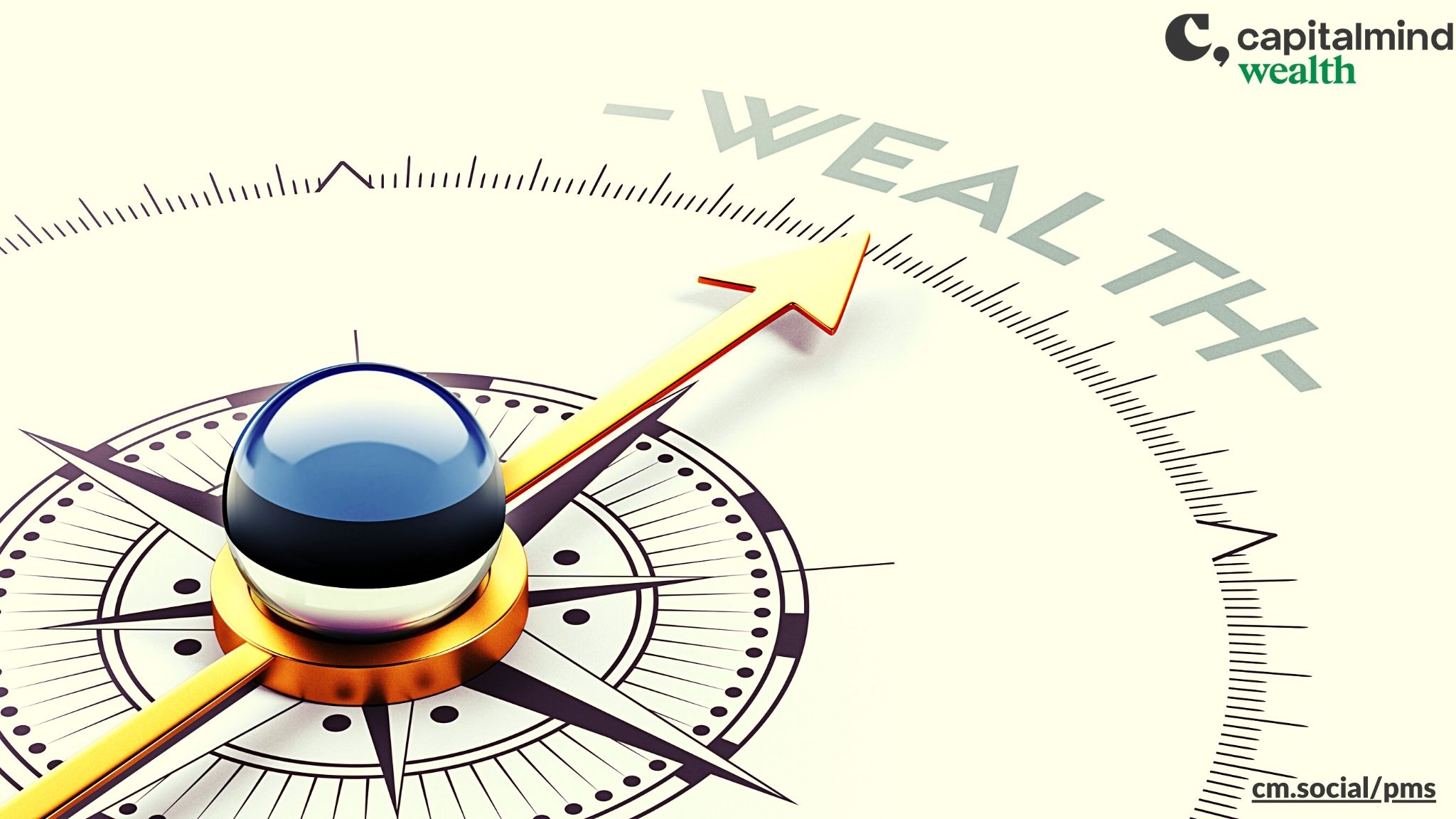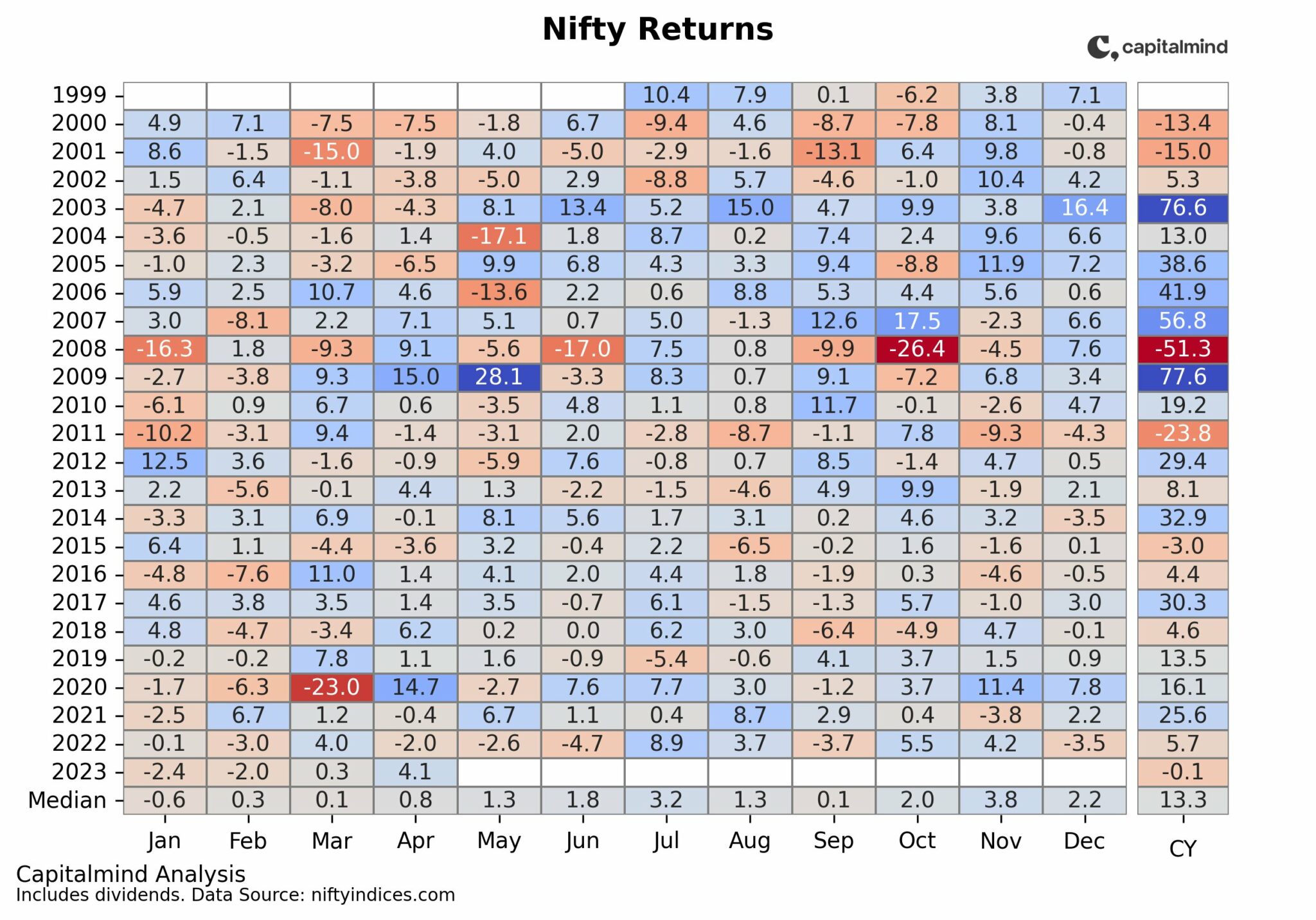Online sites and twitter are abuzz with talk about big rupee falls in the past, and how they seemed to have happened just about around elections.
Between January 2008 and May 2009 the Rupee depreciated from Rs. 39 to Rs. 50, a 25% devaluation. And voila, we have elections in May 2009 and the Rupee falls back to Rs. 44.
Before elections September 1999, the rupee had fallen 14%.
Before elections in 1998, the rupee had fallen 13% but it was the same graph as the September 1999…. (shut up, you’re ruining the fun).
Before elections in 1991, over FOUR years, the rupee had depreciated 24%.
Before elections in 1984, the three year fall was 21%.
This leads us to believe strongly that politicians have engineered the rupee’s fall, sometimes over as long as four years. In many cases, they started preparing for subsequent elections just immediately after one election, and sometimes they thought as much as two elections ahead.
Why would they do this? They have money stashed abroad that they bring back through hawala or send out through hawala or both.
The only exception was the 2004 elections where the rupee appreciated from the lows it saw in 2001 after the dotcom bust and the 9/11 terrorism. This is attributed to the BJP government who didn’t have enough money abroad.
Let me first produce my version of the election chart with the rupee from 1966. I have used a logarithmic chart to better plot the moves up and down so you can see them in their resplendent glory.
(Data from RBI. Prior to 1991 we were a closed economy of sorts)
While these plots look like they have some steepness prior to elections, the theory is largely silly – the curve is steep because of inflation/demand/lack of exports etc. which are fundamental reasons but get not enough airtime as they don’t involve a larger dangerous force that is plotting to kill our economy.
Why I think This Is Wrong
We have become that sort of people that react in a knee-jerk way to anything and everything. If it doesn’t have a conspiracy theory, it isn’t worth mentioning. Which is why this blog tries to tone down the rhetoric and give you real information.
First, remember that the market has no godfather. No one “manipulates” the market, because, when there are enough participants you simply can’t. RBI is learning that now – it has $272 billion of dollars, and it’s trying to move the dollar down and simply cannot.
The point simply is: The Rupee will appreciate when the money is brought back in. There are just two elections – 2004 and 2009 – when the rupee appreciated before elections. But the rest simply don’t add up. This hawala business is all fine, but I think it’s bullshit that the rupee’s fall has been engineered.
Secondly, there are inconsistencies in the graphs.
Update: I had earlier pointed out that the rupee depreciation between the 98 elections and 99 elections was the same thing. But it has been pointed out there were two separate depreciations – between 35 and 38, between the 96 election and 98 elections, and then from 38 to 43 in the 98 to 99 elections.
This is laughable if you consider that politicians devalue before elections – they start right after they get elected? Then how come the dollar went from 44 in 2004 to 39 in 2007, and that doesn’t get highlighted? Anyhow.
In all cases, time frames taken are random. Given enough rope I can always find a point in which the rupee has depreciated before every election,.
Third, if the politicians have this kind of power, we should elect them. In 1991, we saw a currency crisis of massive proportions, when we had to pawn our gold for an IMF loan. And we saw this play out over three-four years Also, Rajiv Gandhi was murdered.
In 1998 there was a Russian default, in 1997 there was an asian currency crisis.
In 2001 the rupee fell dramatically after 9/11 and after the dotcom bust.
In 2008 the worldwide crisis took the US into a near depression, with more than 100 banks failing and Lehman/Bear going bust.
If our Indian politicians have that kind of influence, we would probably do best if they remain in power.
Lastly the simple explanation is like this: Global events affect us, and that hurts the rupee. We have a widening current account deficit, that hurts the rupee. (In 2004, we were actually beginning to bring it in control). We ask the RBI to control the rupee when it appreciates, but balk when it sells dollar “reserves” when they depreciate. We have crappy labour laws that make people not manufacture in India, so we import rather than build here. That hurts the rupee.
The rupee falls near elections when it believes there will be no continuity. The fear of a coalition, the lack of clarity before elections, the random populist programs – all of them spook investors, who take money out a year or so before elections, just to wait and watch.
Politicians might be using hawala to bring money in before elections, but it’s very unlikely that they plan to “depreciate” the rupee. At best, election spending is of the order of 50,000 cr. This is TINY in comparison with the dollar trading that happens in periods like two years. (Nowadays we trade Rs. 20,000 cr. a *day*)
If you truly still believe that the rupee is manipulated by politicians before elections, then I have a beautiful monument on the banks of the Yamuna, in Agra, that I could sell you.
All they have to do to depreciate the rupee is to continue with bad policy, use populist measures, and have knee-jerk reactions. But it would be unwise to attribute a conspiracy to what is purely incompetence.




